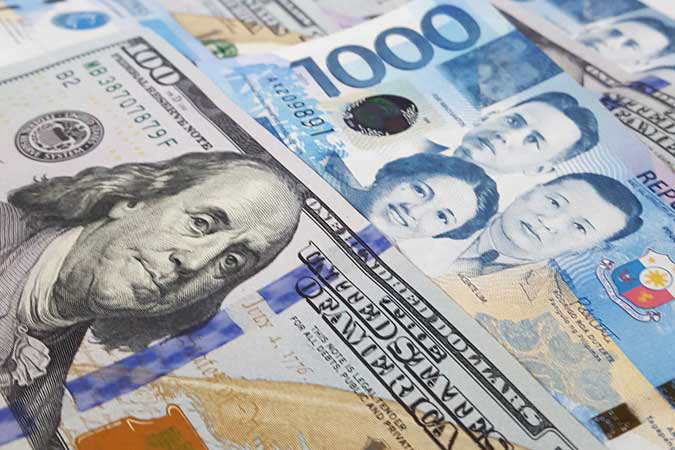
By Beatrice M. Laforga, Reporter
The country’s current account swung to a $4.4-billion surplus last quarter from a year earlier after the trade in goods deficit narrowed amid a coronavirus pandemic, the Philippine central bank said on Friday.
“The current account posted a surplus, a turnaround from the previous year’s deficit, attributed mainly to the narrowing of the deficit in the trade in goods account,” BSP said in a statement.
“This may be attributed to disruptions in the global demand and supply chains as countries imposed restrictions to contain this health crisis, which negatively impacted the country’s exports and imports of goods,” it added.
The surplus was a turnaround from the $931-million deficit in the second quarter of 2019 and higher than the $92-million surplus in the first quarter, according to data from the Bangko Sentral ng Pilipinas (BSP).
The trade in goods deficit fell to $5.4 billion in the second quarter, which more than offset the lower net receipts of trade in services at $2.7 billion from $3.3 billion a year ago.
Primary income also fell to $1 billion from $1.2 billion a year earlier, while secondary income dropped to $6.1 billion from $6.7 billion, it said.
This brought the first-half total to a $4.4 billion surplus, compared with a $2.6-billion deficit a year earlier.
The current account shows the country’s economic interaction with the rest of the world. It includes trade in goods and services, remittances from migrant Filipino workers, profit from Philippine investments overseas, interest payments to foreign creditors, and gifts, grants and donations to and from abroad.
The BSP’s Monetary Board in June projected the current account deficit narrowing to $1.9 billion by year’s end, from a previous forecast of $8.4 billion. The country posted a current account deficit of $464 million last year that accounted for 0.1% of economic output.
Meanwhile, the country’s balance of payments (BoP) surplus rose to $4.2 billion in the second quarter from $991 million a year earlier. The payment surplus posted a $68-billion deficit in the first quarter.
The BoP measures the country’s transactions with the rest of the world at a given time. A deficit means more funds left the economy.
The year-to-date BoP surplus stood at $4.1 billion from $4.8 billion in the first half of last year.
The central bank might change its outlook for the balance of payments this year, now at a $600 million surplus or 0.2% of GDP, BSP Deputy Governor Francisco G. Dakila told a news briefing on Friday.
“We will be looking at the outturn of the BoP for the second quarter and we will be revising our outlook based on the latest information,” he said. “Given that the situation is highly uncertain, you can expect more frequent updates on the outlook.”
The BoP hit a $7.843-billion surplus last year.
“BoP surplus is good in the sense that it calms down the foreign exchange market in the midst of a very uncertain global environment,” Mr. Dakila said. “On the other hand, we have to look at what is the source of the surplus,” he added.
Rizal Commercial Banking Corp. (RCBC) Chief Economist Michael L. Ricafort traced the current account surplus last quarter to sluggish imports, a narrowing trade deficit and a faster pickup in dollar remittances.
Cash sent home by migrant Filipijnos rose to a seven-month record of $2.783 billion in July, the second straight month of growth after months of slump during the strict lockdown.
